How to keep snapdragons flowering for longer – advice from a professional gardener
By following these simple steps you can prolong the snapdragon floral show this year
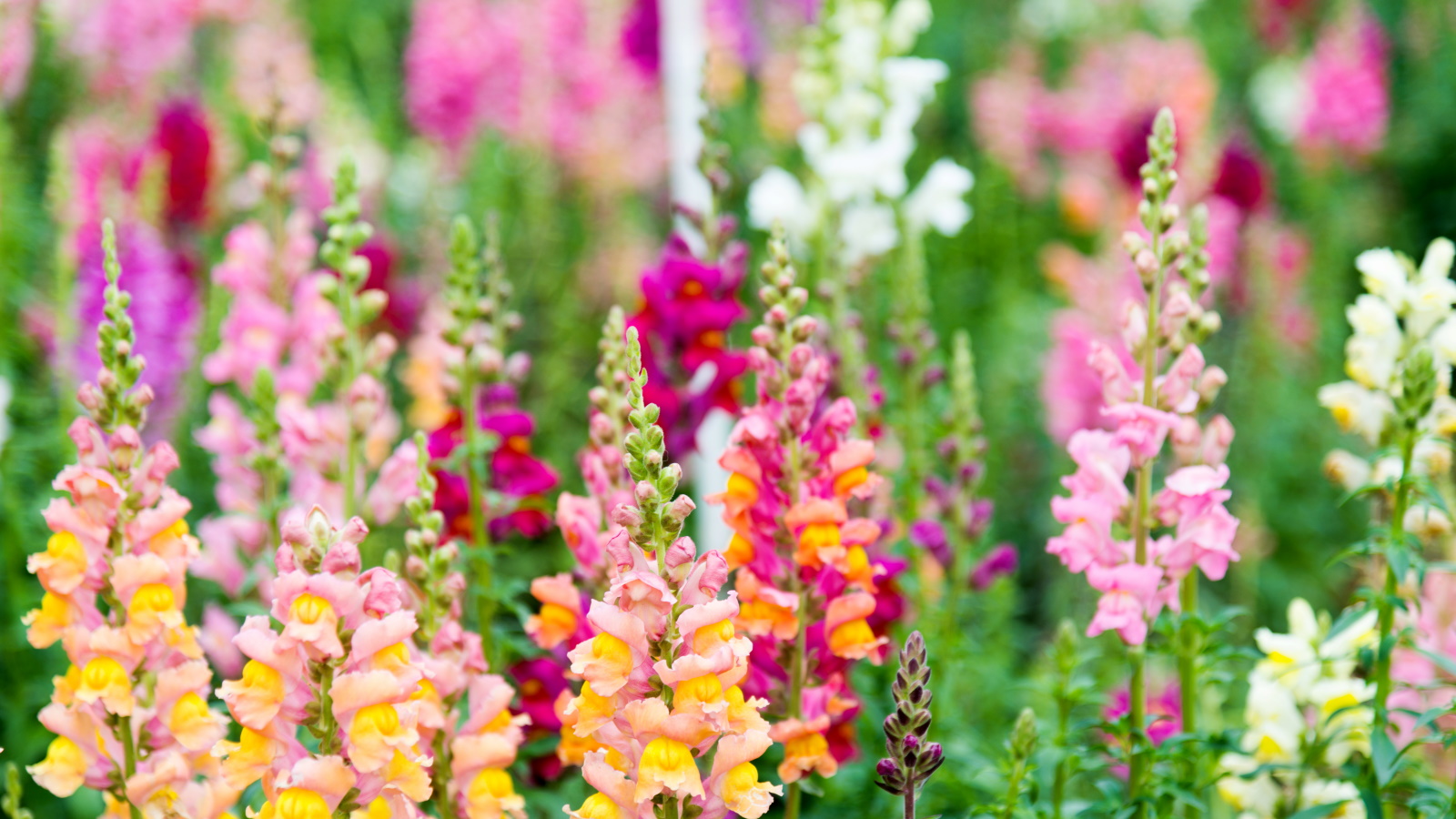

Snapdragons are a flower garden favorite that will add bold pops of color to your borders and containers. So named for the flower's resemblance to the head of a dragon opening its mouth, snapdragons, or Antirrhinum, are guaranteed to brighten up floral displays.
If you are seeking flower bed ideas for your plot, snapdragons should be at the top of your plant wish list. Considered easy-to-grow and low-maintenance, these cottage garden plants come in a range of bright colors, from pink to red to yellow, making them popular with both gardeners and pollinators.
As a professional gardener, I have grown many cut-and-come-again flowers for many years, and by following a few simple steps, you can keep your snapdragons flowering for longer. This is good not only for the backyard borders but also for your home, as these blooms make superb flowers for a vase. Here, I share all I know about prolonging the snapdragon show, for brilliant and long-lasting blooms.
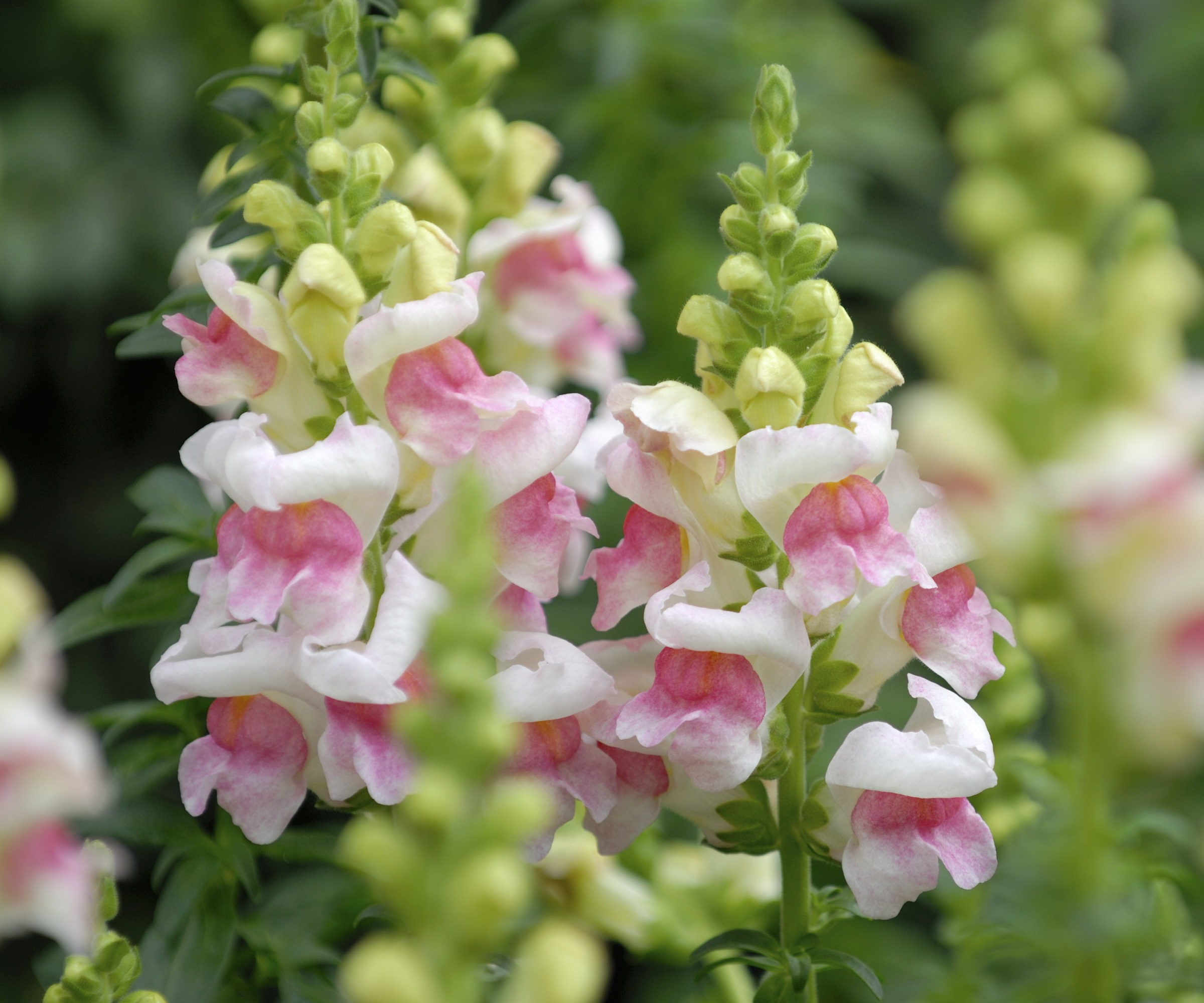
Snapdragons are named for their resemblance to the head of a dragon opening its mouth
How to keep snapdragons flowering
When considering how to grow snapdragons, it is important to know where they can be planted. Fortunately for gardeners, these low-maintenance blooms can be grown as annuals in cooler US hardiness zones, or as perennials in warmer regions.
They can be grown in garden borders or containers, so regardless of the size of your plot, whether you have a large backyard or small balcony, snapdragons can put on a floral performance that is sure to impress.
Deadheading snapdragons
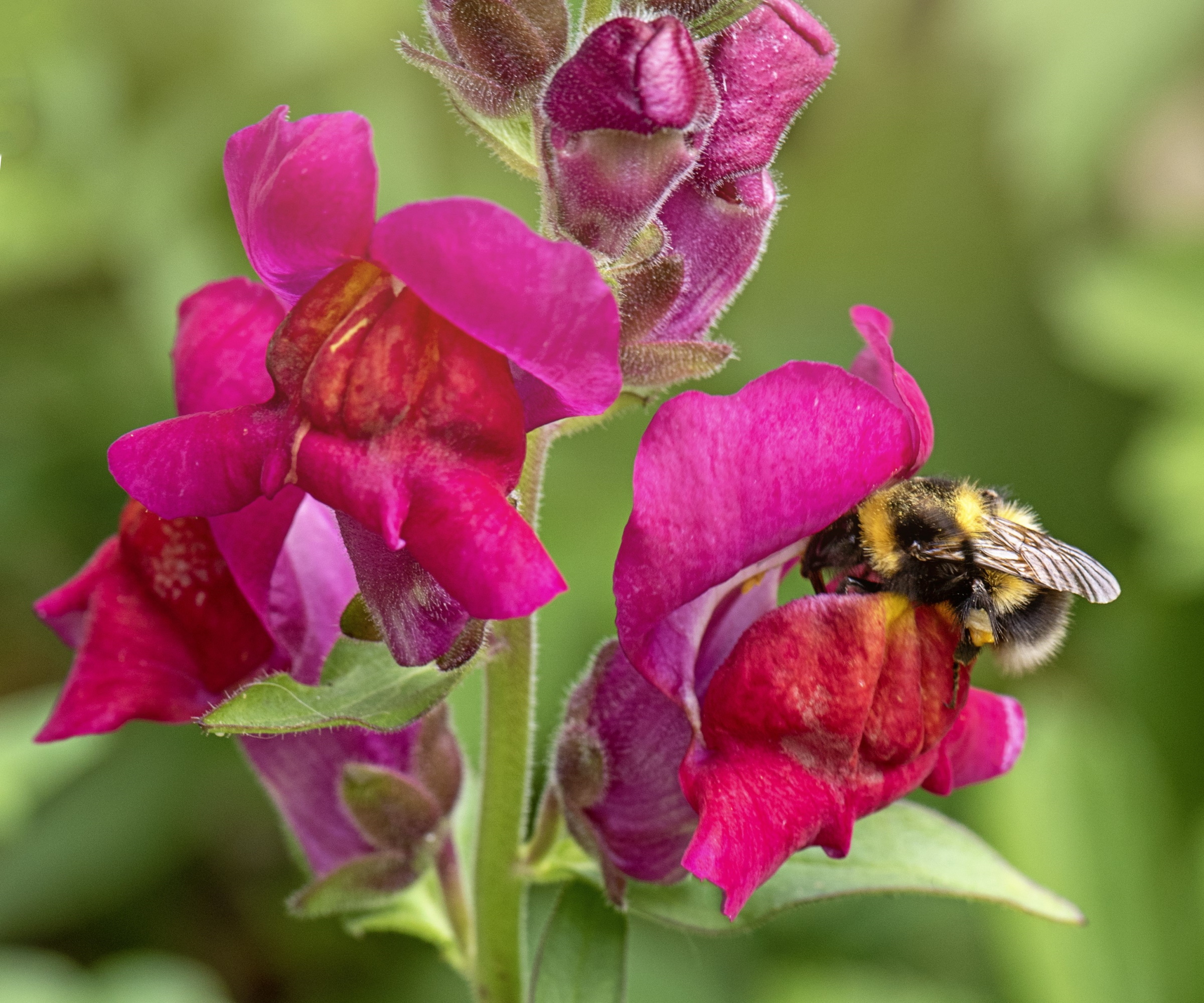
Snapdragons are popular plants for pollinators, with bees and insects feeding on nectar found in the colorful blooms
Snapdragon flowers appear on short to medium-sized stems, blooming from the bottom of the stem to the top. Snapdragons are ideal plants for pollinators, with open flowers providing easy access for hungry insects and bees.
'To keep them blooming, deadheading snapdragons is an important part of the growing process,' says Rachel Bull, head of gardens at Homes & Gardens. 'Once the flowers towards the top of each stem begin to fade, cut the flowering stem to encourage more blooms.'
As Rachel says, it is important to remove spent flowering stems quickly, to prevent the plant from expending energy on seed production. Once old stems are snipped, new stems will begin to emerge, prolonging the snapdragon floral show.
One of the most common deadheading mistakes is cutting in the wrong place. Using your pruning shears, remember to cut just above a leaf node or a set of healthy leaves.
'Snapdragons are also a superb flower that can be used in vase displays indoors,' Rachel says. 'I recommend cutting healthy stems when several of the bottom flower buds are open, and many more are just on the cusp of blooming.'
Remember to always use clean, sharp pruning snips, available from Walmart, and quickly place cut flower stems into fresh water.

Rachel is a gardening editor, flower grower and floral designer. Her journalism career began on Country Living magazine, sparking a love of container gardening and wild planting. After more than a decade writing for and editing a range of consumer, business and special interest titles, Rachel became editor of floral art magazine The Flower Arranger. She then trained and worked as a floral designer and stylist in London for six years, before joining the Homes & Gardens team.
Feeding snapdragons
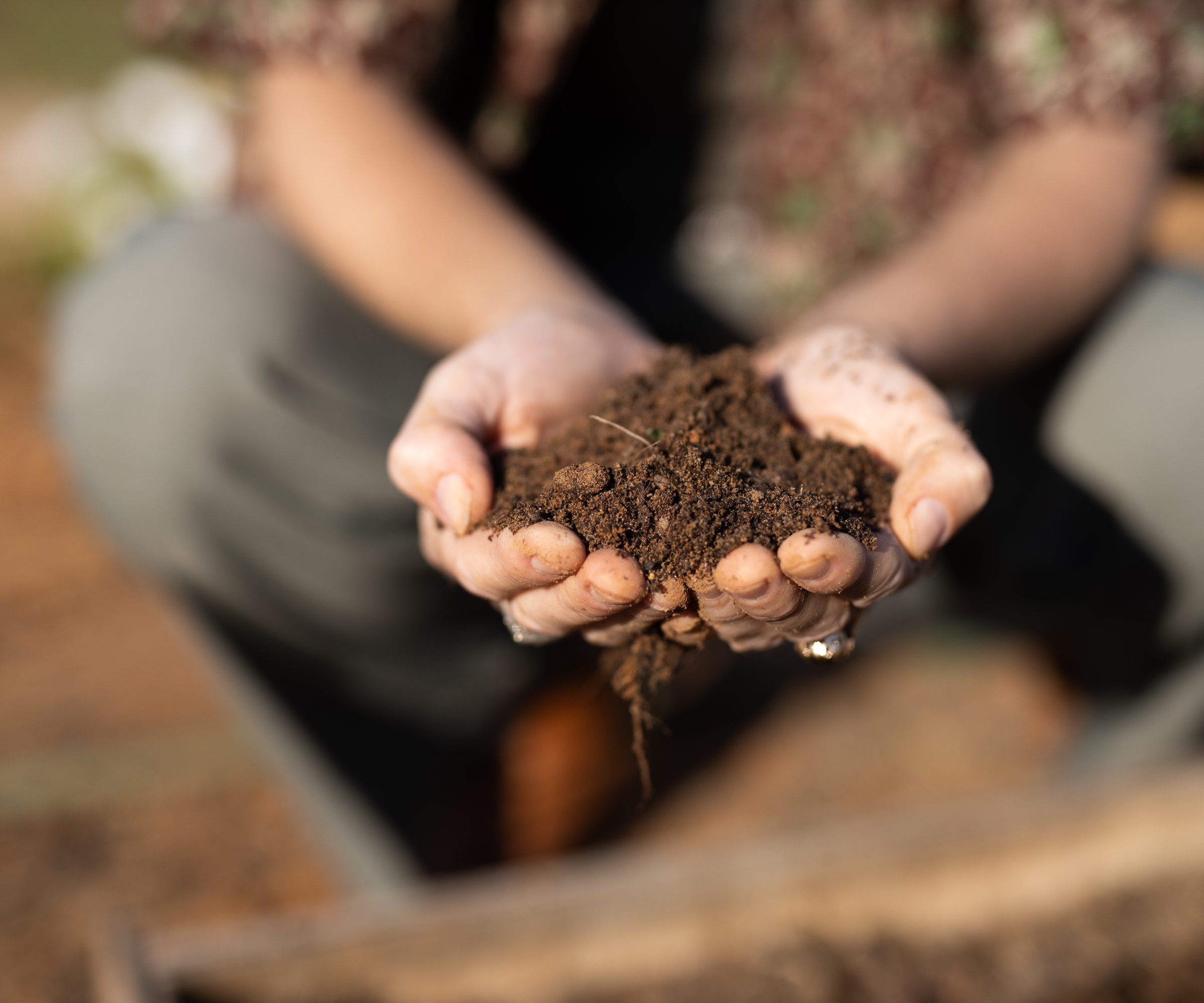
Using a good quality, nutrient-rich potting soil is crucial when growing snapdragons in pots
When planting snapdragons in the ground, it can be a good idea to mulch borders and beds. Doing so will help when growing annuals such as snapdragons, improving the quality of the soil, suppressing weeds, and retaining moisture in the ground.
I tend to mulch backyard borders and flower beds in the fall and winter months, but mulching can be done at any time of year. Once your snapdragons are planted, gardeners can apply a loose, thin covering of 1 inch or so of organic mulch, being careful not to damage your young plants.
Snapdragons will also benefit from fertilizing during the growing season. Once your plants have established themselves, apply a balanced, general-purpose fertilizer, available from Amazon. Always remember to follow the instructions as read on the packaging, feeding using the recommended amount. Over-fertilizing will do more harm than good.
For snapdragons that are grown in containers, it is a good idea to use nutrient-rich potting soil when planting up your pots. This will help your plants quickly establish themselves and begin blooming. During the growing season, gardeners can apply a light feed using a general-purpose fertilizer, as recommended above.
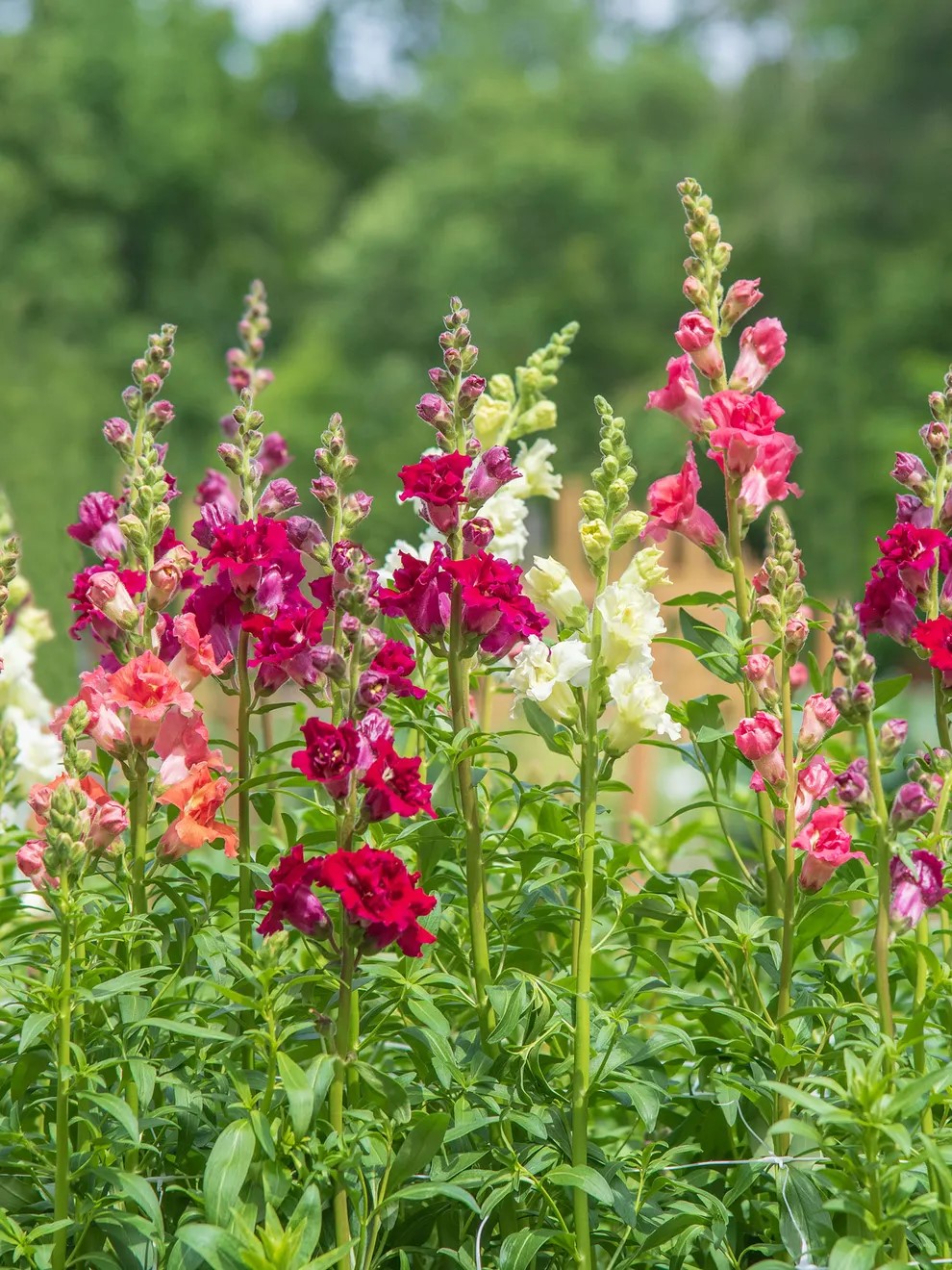
These snapdragons bloom in a mixture of bright colors to create elegant floral bouquets. This variety is ruffled, with double-petaled blooms in bronze, ivory, pink, rose, red and yellow.
Watering snapdragons
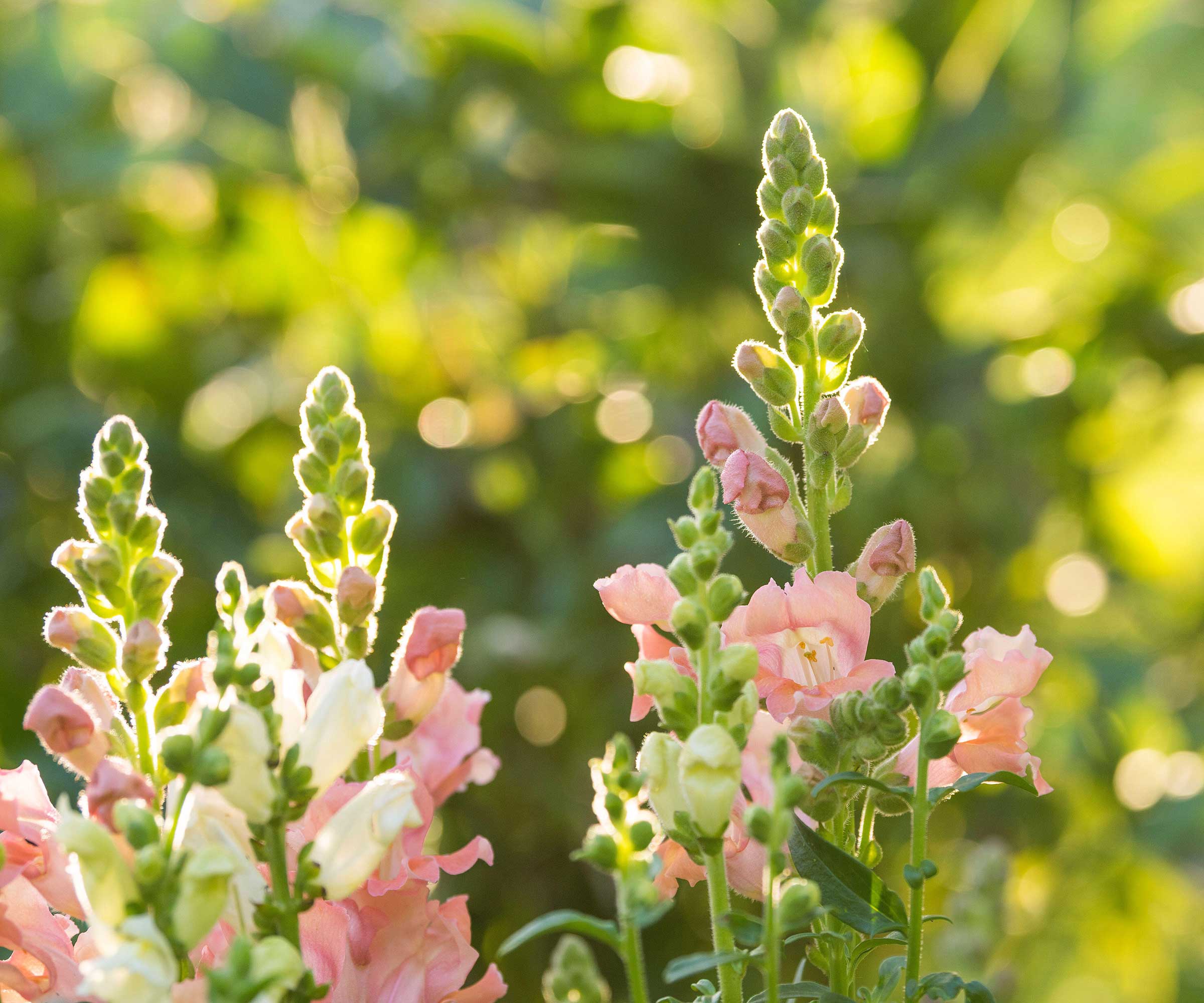
Snapdragons need sunshine to flower, but providing some protection during the height of summer can help to prolong blooming
Watering your plants is important during the spring and summer months. When planting young snapdragons into the ground, you should monitor the water in the soil frequently, checking on your plants every other day.
Once established, I would recommend watering snapdragons and other flowering plants in the backyard at least twice a week, depending on the temperature in your locality. During long dry periods in summer, snapdragons can struggle, and watering should be increased. It is best to water early in the morning or late at night when the temperature drops and water loss from leaves is reduced.
If you are growing snapdragons in pots, you will need to water more frequently than you otherwise would, as containers will dry out significantly quicker than borders and flower beds. If the soil in your pots is dry to the touch, you must water them.
One of the benefits of growing in containers is that you can move your pots, which can be useful during summer. Often, snapdragons perform best when they are protected during the heat of the day, so if you are looking to keep snapdragons flowering for longer, providing some protection for your containers can help during the hot, dry summer months.
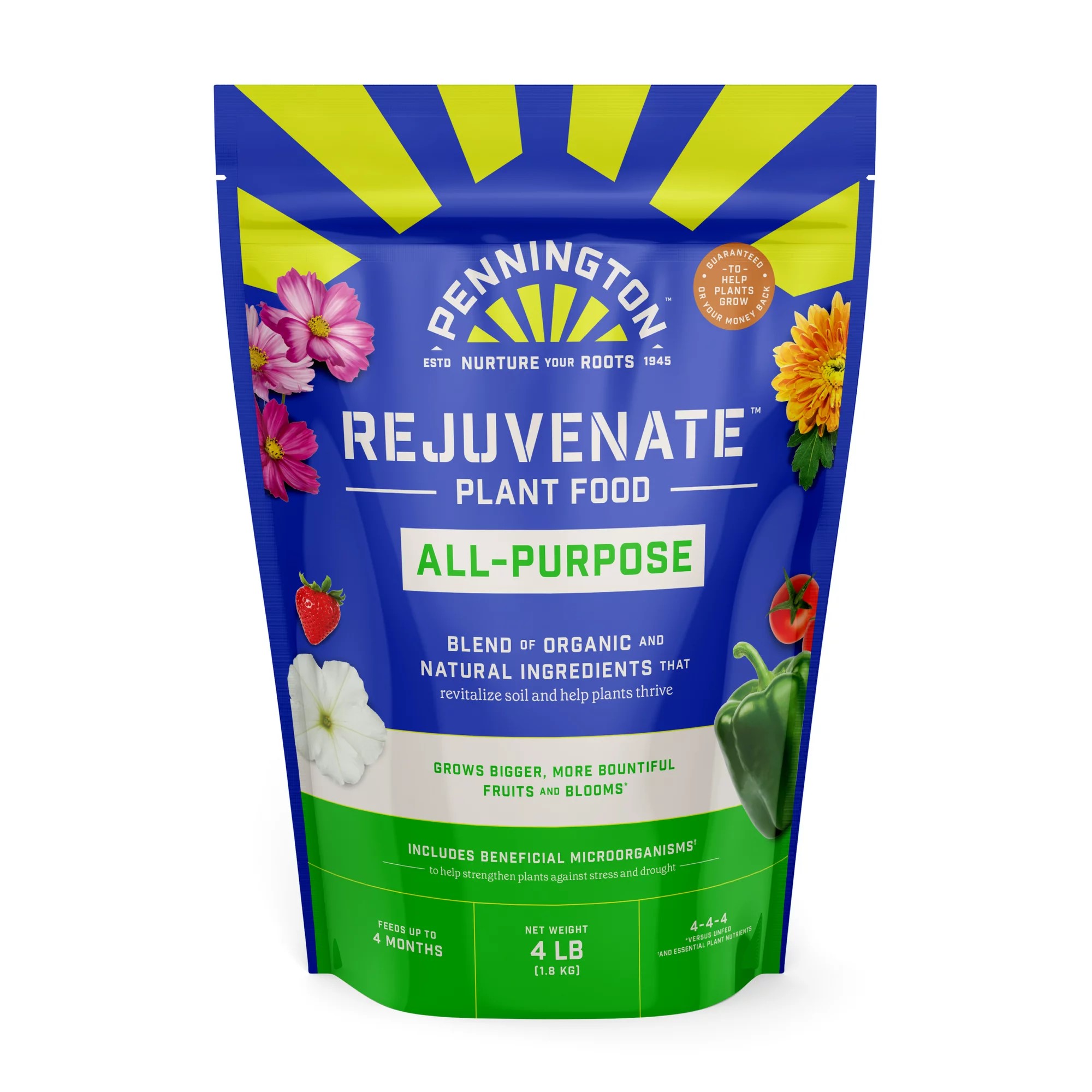
This fertilizer is a blend of both organic and natural ingredients that can revitalize soil and helps plants thrive, helping to grow bigger, more bountiful, fruits and blooms. All Pennington Rejuvenate Plant Foods include beneficial microorganisms to help strengthen plants against stress and drought.
FAQs
Should you fertilize snapdragons?
Snapdragons respond well to regular fertilizing during the growing season. Apply a balanced 10-10-10 fertilizer during spring and summer, applying the recommended amount on a monthly basis. For snapdragons that you are growing in pots, be sure to use a good quality, nutrient-rich potting soil when planting up your containers, which will help to give your snapdragons the best start.
With regular deadheading, feeding and watering, your snapdragon blooms will last longer, flowering through much of the spring and summer months, and in cooler zones, even until fall.
Growing snapdragons in pots is a good idea for those who have smaller yards, balconies or terraces. For more container ideas, consider our guide on how to grow jasmine in pots, for fragrant flowers that will elevate the snapdragon show.
Sign up to the Homes & Gardens newsletter
Design expertise in your inbox – from inspiring decorating ideas and beautiful celebrity homes to practical gardening advice and shopping round-ups.

Thomas is a Content Editor within the Gardens Team at Homes and Gardens. He has worked as a professional gardener for both public spaces and private estates, specializing in productive gardening, growing food and flowers. Trained in Horticulture at the Garden Museum, he has written on gardening and garden history for various publications, including The English Garden, Gardens Illustrated, Hortus, The London Gardener and Bloom. He has co-authored a Lonely Planet travel book, The Tree Atlas, due out in 2024.
-
 Bryce Dallas Howard's bedroom is the most creative, social space in her entire home – she uses 'conversational seating' to create a multifunctional 'salon'
Bryce Dallas Howard's bedroom is the most creative, social space in her entire home – she uses 'conversational seating' to create a multifunctional 'salon'The actress's bedroom doubles as a home office thanks to its clever layout and furnishings, proving that this area is much more than a sleep space
By Hannah Ziegler
-
 7 questions to ask yourself before moving house – realtors promise answering these questions will prevent buyer's regret
7 questions to ask yourself before moving house – realtors promise answering these questions will prevent buyer's regretDon’t make your move harder, ask these questions before moving to avoid mistakes
By Chiana Dickson